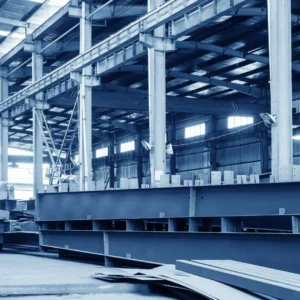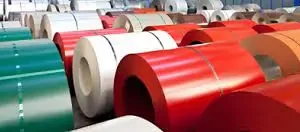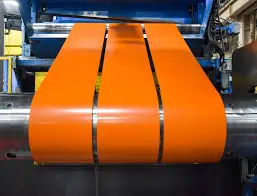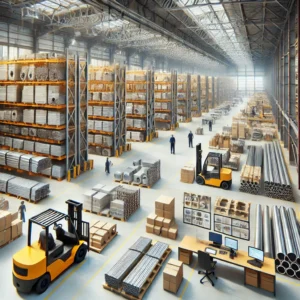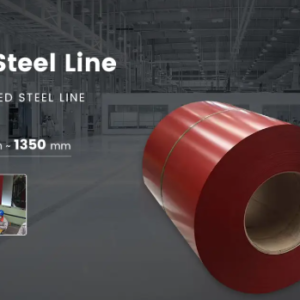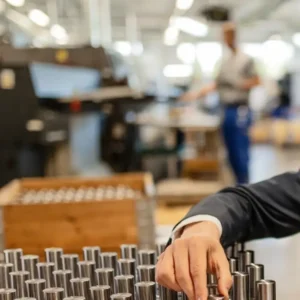How Much Has the Price of Steel in South Africa Increased?
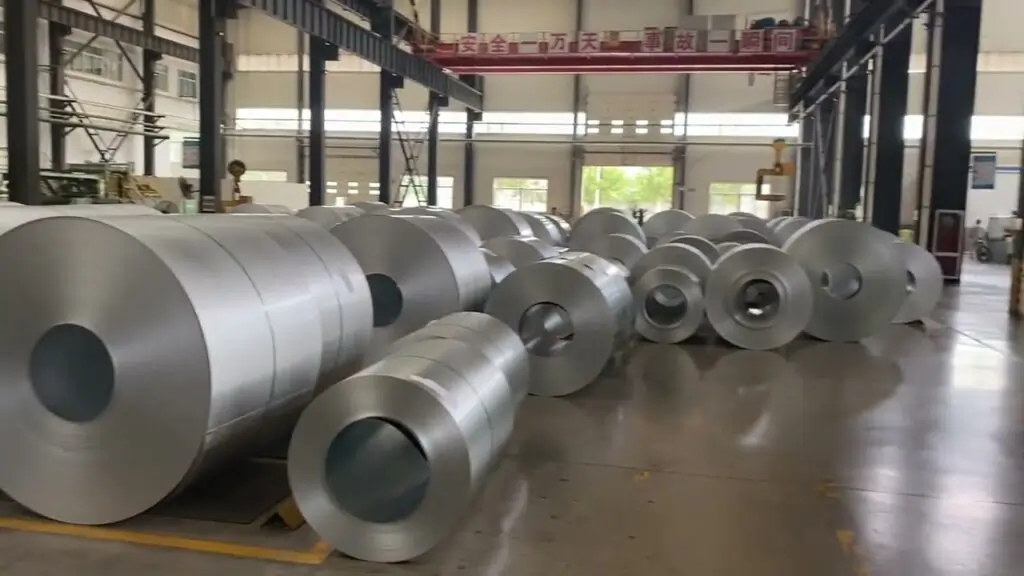
The South African steel industry has experienced a notable surge in prices over the past year. Driven by global market dynamics, rising input costs, logistical bottlenecks, and domestic production challenges, steel prices across various categories have increased by 8% to 15% in early 2025 alone. For manufacturers, builders, and suppliers, understanding these changes is essential for planning, procurement, and budgeting.
Steel Price Increases by Category
In the first quarter of 2025, South Africa saw across-the-board price increases in steel products:
-
Hot-Rolled Coil (HRC): Prices rose by approximately 9%.
-
Cold-Rolled Steel and Plate Steel: Experienced a price increase of about 11%.
-
Rebars and Long Steel Products: Increased by roughly 8%.
These increases came after an already turbulent 2024, during which steel prices had fluctuated due to both local and international factors. The continued upward trajectory in 2025 has placed additional pressure on downstream industries such as construction, automotive manufacturing, and fabrication.
Key Reasons Behind the Price Surge
1. Rising Energy Costs
One of the most significant drivers of increased steel prices in South Africa is the cost of electricity. The country has experienced multiple rounds of load shedding, which have disrupted steel production and forced mills to rely on expensive diesel generators. Furthermore, regulated electricity tariffs have increased by more than 9% in early 2025, directly impacting the operating costs of major steel producers.
2. Higher Input Prices
Globally, the prices of essential raw materials used in steelmaking—such as iron ore, coal, and scrap metal—have surged. For example, iron ore prices increased by more than 14% month-on-month earlier this year. South African producers, many of whom source raw materials both locally and internationally, have been forced to pass these cost increases down the supply chain.
3. Carbon Tax Pressure
The South African government has increased the carbon tax rate from around R236 per ton of carbon dioxide to R308. This 63% increase directly affects energy-intensive industries like steel production. As a result, steel manufacturers have added this burden to the overall cost of their products.
4. Import Competition and Currency Volatility
South African steelmakers face intense competition from imported steel, particularly from China, Indonesia, and India. Imported steel is often cheaper due to larger economies of scale and government subsidies abroad. Although there are tariffs and safeguard measures in place to protect local producers, they haven’t been sufficient to curb the influx of low-cost imports.
Additionally, the depreciation of the South African rand has increased the cost of importing essential machinery, spare parts, and even raw materials. The weaker currency also makes foreign steel relatively more affordable, putting local producers under even greater pressure to stay competitive.
Supply Disruptions and Production Decline
Domestic steel production in South Africa declined by approximately 8% in the first quarter of 2025 compared to the same period in 2024. This decline is attributed to multiple factors:
-
Ongoing energy supply instability
-
Equipment breakdowns at older steel mills
-
Lack of reinvestment in production facilities
-
Transportation issues due to rail and road inefficiencies
The situation has been worsened by plant closures and downsizing by some of the country’s largest steel producers. With less steel being produced locally, supply tightens, which naturally pushes prices higher.
Impact on the Economy and Construction Sector
Rising steel prices have far-reaching effects. The construction industry, which heavily relies on steel for infrastructure and housing projects, faces higher project costs and tighter margins. Many smaller contractors and fabricators have reported difficulty in keeping up with the monthly price changes and maintaining their quotations to clients.
Manufacturers using cold-rolled and galvanized steel in appliance production, furniture, and vehicles are also facing reduced profitability. Some have had to reduce production, delay expansion plans, or pass the price increases on to consumers.
Estimated Current Prices in Early 2025
Though exact prices can vary by region, product, and supplier, the following are general estimates in early 2025:
-
Hot-Rolled Steel Coil: Around R12,000 to R13,000 per ton
-
Cold-Rolled Steel Sheet: R13,500 to R14,500 per ton
-
Rebar (per ton): R11,500 to R12,200
-
Galvanized Coil: R15,000 to R16,000 per ton
Prices per kilogram have also risen proportionally, ranging from R11.50 to R16 per kg depending on type and processing.
Outlook for the Rest of 2025
The steel industry in South Africa remains uncertain, but several factors could influence the price trend for the rest of the year:
-
Infrastructure Investment: The government’s ongoing infrastructure development plans may boost demand, which could keep prices elevated.
-
Global Market Trends: If global demand for steel slows, raw material prices could stabilize, reducing the pressure on local prices.
-
Policy Measures: Additional safeguard duties on imported steel could be introduced to protect local producers, but may lead to further price increases.
-
Power Stability: If Eskom can stabilize energy supply, operational efficiency at steel mills may improve, helping contain production costs.
Conclusion
Steel prices in South Africa have increased by 8% to 15% across various product categories in early 2025. These rises are driven by electricity tariffs, raw material costs, carbon taxes, production challenges, and currency volatility. The impact is being felt across construction, manufacturing, and infrastructure sectors. While prices may continue to rise or stabilize in the short term, long-term solutions will depend on policy support, energy reforms, and improved production efficiencies within the industry.
If you’re a buyer, contractor, or investor, keeping track of steel price trends is now more important than ever.

